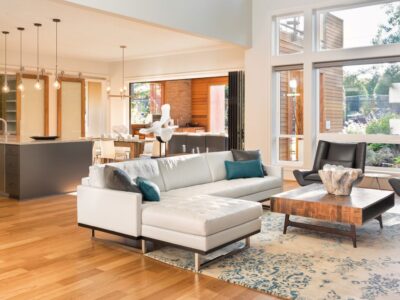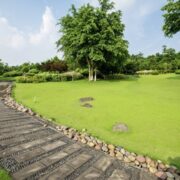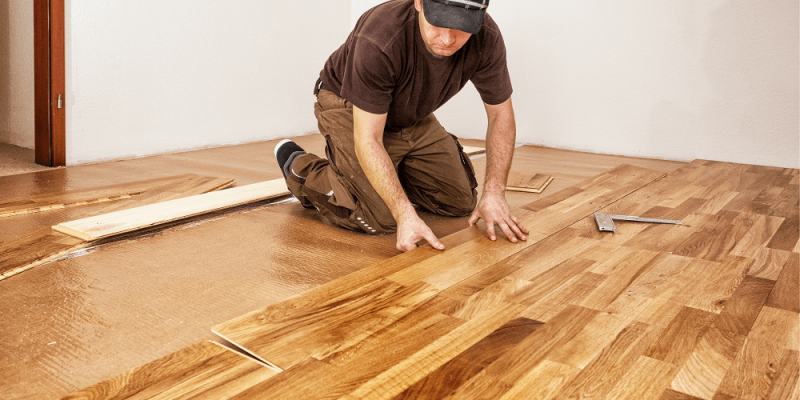
Trends come and go with the changing season, one thing that has always been constant is the elegance and timeless style of hardwood floors. Although there are different types and styles to choose from including look-a-like alternatives such as wood-look ceramic tiles Perth, the most common are solid and engineered timber flooring. Although solid hardwood flooring may be the dream, it isn’t always financially viable. Thankfully engineered timber flooring has come to the rescue with not only a cheaper alternative but one that is easier to install and maintain. Although engineered timber floors are a great alternative, like any choice in life it’s not without its own set of drawbacks. To help you with making an informed decision on your future flooring options, we will list out the pros and cons of engineered timber flooring as well as list some other alternatives for you to consider.
What is Engineered timber flooring?
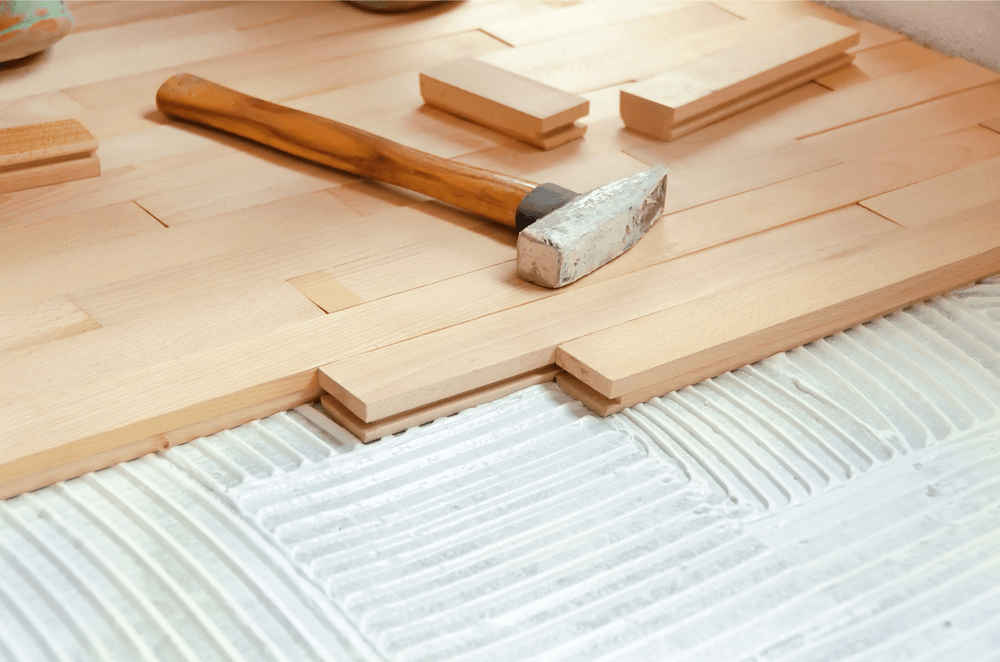
Engineered timber flooring is a multi-layered floor made up of planks of thin top layer hardwood, glued on top of more affordable plywood such as ply, pine, or rubberwood, and pressed together to form floorboards.
The core layer allows for a stable foundation for the hardwood to be applied to. This process makes it possible to install engineered timber floors to a variety of subfloors such as concrete. Because of the stable structure of engineered timber floors, there are various installation processes available such as gluing, stapling down, and floating systems.
Pros
While offering the same great look to solid flooring, engineered timber flooring is offered at a fraction of the cost, perfect for those working with a tight budget.
A thin top layer makes it easier for the manufacturers to age and condition the wood. This treatment of the wood prevents the wood from experiencing drastic expansion and contraction. This means the floors can be installed on the same day as the delivery as the wood doesn’t require time to acclimatise.
As the manufacturer can condition the wood in the factory, the flooring produced does not require sanding or polishing after installation, meaning floors can be installed and walked on the same day.
Multiple layers of protective coating are applied during the manufacturing process of the planks that create a more wear-resistant timber floor.
You have more choice with engineered timber flooring. With the option of wider planks than that of solid timber floors, you can expose more of the wood’s natural textures which will not only give you a beautiful natural look but also make the space feel more spacious.
If you are worried about our planet, engineered timber floors offers you that ecological consideration. For every square metre of solid wood flooring produced, 2.5 times that amount of engineered timber flooring can be manufactured, maximising the solid timber resources to help conserve our forests.
Cons
With the right care, an engineered timber floor should last you a long time, however, the lifespan of a solid timber floor is still superior.
Most flooring companies will float an engineered floor, this means that the planks are glued together but not secured to the floor. This restricts the floor from being sanded or re-polished in the future as you can’t sand or polish a floating floor.
In comparison to other floor options, engineered timber floors can sound more hollow when you walk on them. This is more the case when it has been installed as a floating floor. Acoustic underlay can counterbalance this effect however that does come with its own list of pros and cons for you to consider.
Things to consider when buying engineered timber flooring
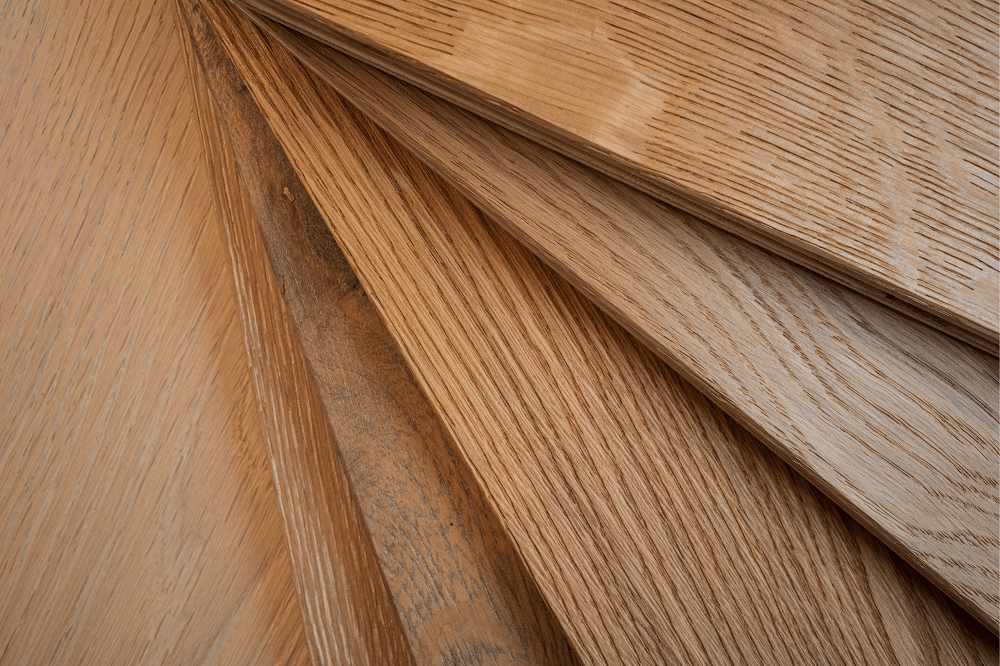
The colour, style, type, and price all vary, so too does the price, so it’s important to know what you are buying. Below are some questions to ask before purchasing any quality grade of engineered timber flooring.
- What is the thickness of the wear layer as well as the grade of timber used? This will contribute to the durability and future options of sanding back the floors to extend their lifespan.
- What is the core material used in the planks? The material used for the core layer could be plywood or a solid species core such as pine.
- What are the origins of the timber? Although Australian timber may be priced higher than international wood, the properties of the wood are better suited for our climate.
- What are the coating type and sheen levels? This is important to consider depending on the looking you are hoping to achieve in your home.
Engineered timber flooring is considered more resistant to moisture, however, that does not mean it is well suited to wet areas. If you are looking for a flooring option that can be used throughout the whole house, even flowing out into your outside areas then wood-look ceramic tiles could be the perfect alternative for you. Wood-look ceramic tiles offer amazing opportunities for style and design that compliment every room of your home, including the wet areas. If you are interested in viewing some of the latest ceramic tile options then make sure to reach out to an interior designer to access the latest tiles in Perth.
If you are still unsure, we recommend you seek out your local flooring consultants so they can help you understand these important considerations.




